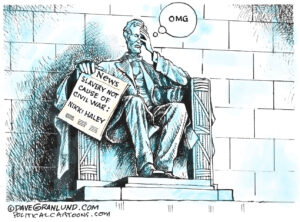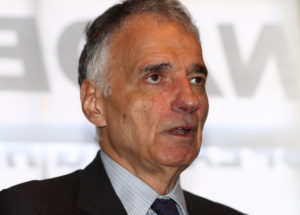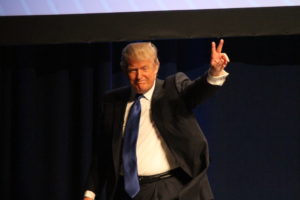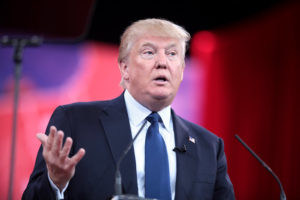‘The Hateful Eight’ Film Review: This Flick’s Even Better on Second Viewing
With its overture, its intermission, its confined setting and its talkiness, Quentin Tarantino’s eighth film seems tedious when it’s not being Tarantino-esque. But it’s worth the price of two admissions. Kurt Russell, left, Jennifer Jason Leigh and Bruce Dern in "The Hateful Eight." (IMDB)
1
2
Kurt Russell, left, Jennifer Jason Leigh and Bruce Dern in "The Hateful Eight." (IMDB)
1
2

Kurt Russell, left, Jennifer Jason Leigh and Bruce Dern in “The Hateful Eight.” (IMDB)
Independent journalism is under threat and overshadowed by heavily funded mainstream media.
You can help level the playing field. Become a member.
Your tax-deductible contribution keeps us digging beneath the headlines to give you thought-provoking, investigative reporting and analysis that unearths what's really happening- without compromise.
Give today to support our courageous, independent journalists.






You need to be a supporter to comment.
There are currently no responses to this article.
Be the first to respond.